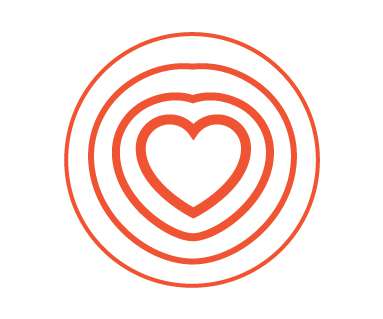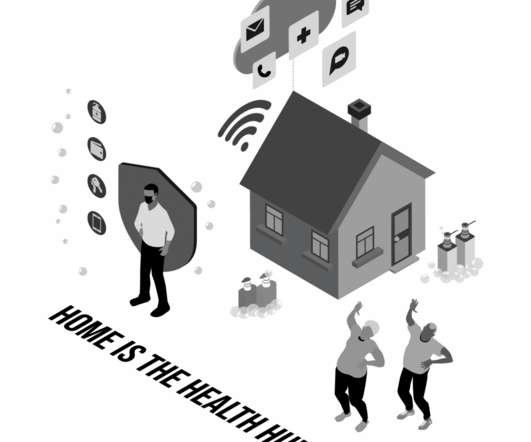IoT and The Rise of the Machines in Healthcare
Health Populi
AUGUST 12, 2021
During the pandemic, health care providers needed to deal with the security of devices rapidly procured and deployed within institutions and also outside the walls of providers, such as in field hospitals meeting the surge of coronavirus patients. 32% of medical imaging devices were running on unsupported operating systems, and.












Let's personalize your content